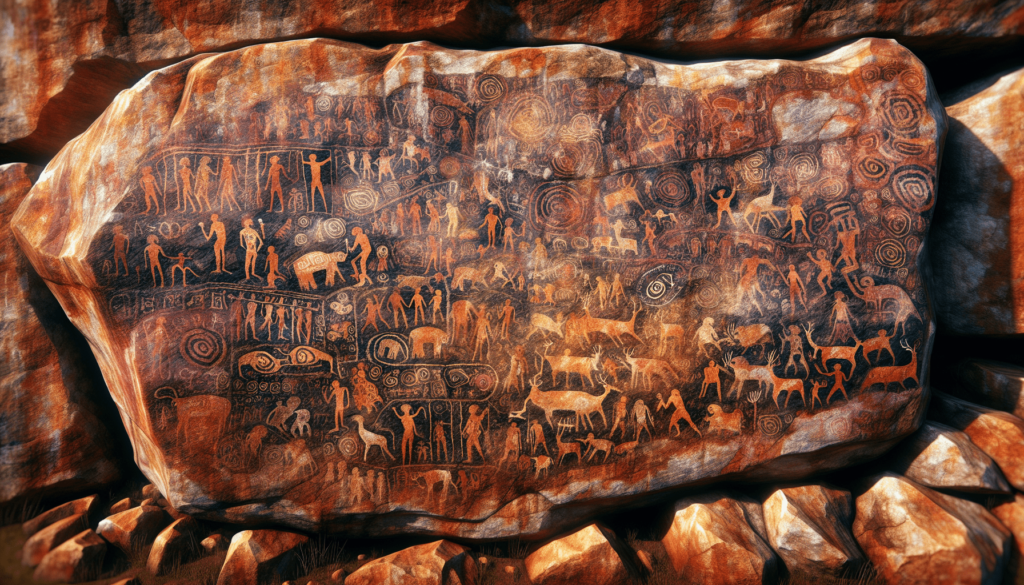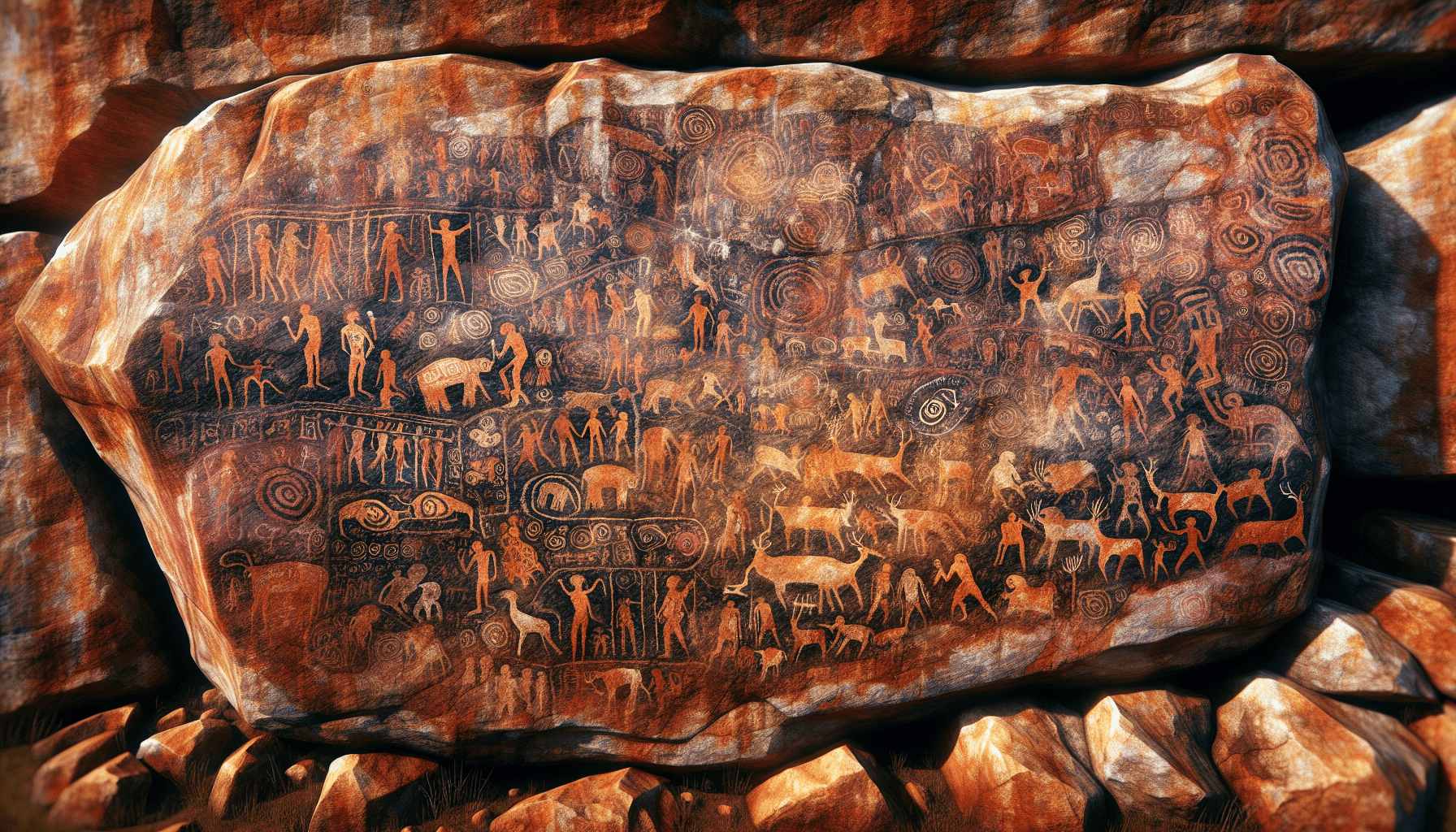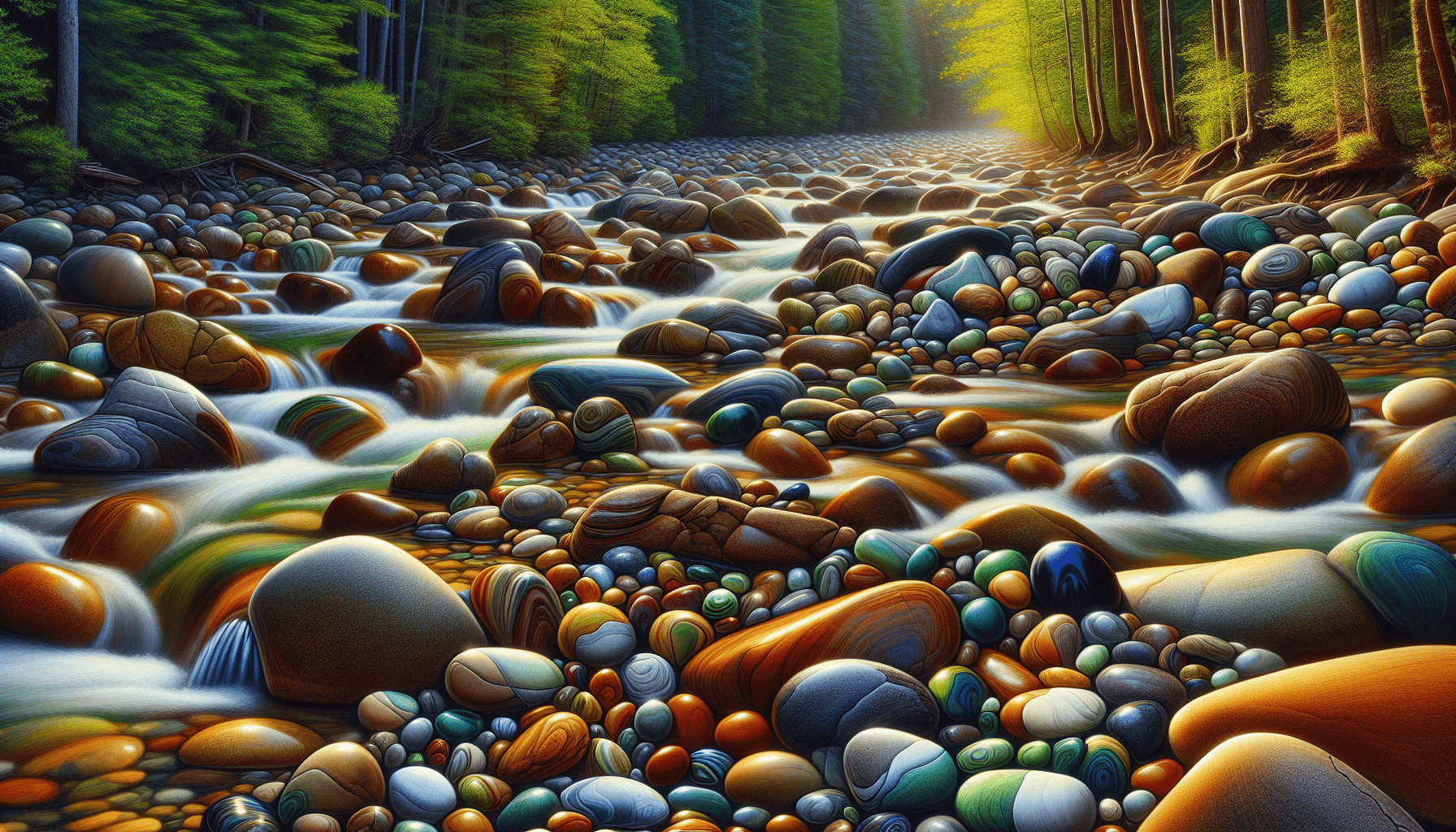Have you ever wondered why ancient paintings were drawn on rocks? This question evokes a profound curiosity about the origins of human creativity and communication. Rock art, encompassing various forms found worldwide, represents some of the earliest traces of human expression and documentation. It offers a glimpse into the lives, beliefs, and environments of our ancestors.

The Origins and Significance of Rock Paintings
Rock paintings, or parietal art, are visual representations painted or etched onto natural rock surfaces. These artworks include cave paintings, petroglyphs (rock engravings), and pictographs (rock paintings). They are found worldwide, from the Palaeolithic caves of Europe to the Aboriginal rock art of Australia and the ancient parietal expressions of Africa and the Americas.
Historical Context of Rock Paintings
The timeline of rock paintings is extensive and varies by region. The oldest known rock paintings, such as those in the Chauvet Cave in France, date back over 30,000 years. These early paintings typically depict animals, human figures, and abstract symbols. They provide invaluable insights into the lives and cultures of prehistoric societies, reflecting their interactions with the natural world and each other.
Locations and Discoveries
Significant rock painting sites are distributed globally:
| Region | Notable Sites | Estimated Age |
|---|---|---|
| Europe | Chauvet Cave, Lascaux Cave | 30,000 – 17,000 years |
| Africa | Tassili n’Ajjer, Drakensberg | 12,000 – 5,000 years |
| Australia | Kakadu National Park, Kimberley | 40,000 years |
| Americas | Serra da Capivara, Cueva de las Manos | 10,000 – 9,000 years |
These sites, often remote and protected, are crucial to understanding prehistoric art and cultural heritage.
Reasons Behind Rock Paintings
The motivation behind rock paintings can be attributed to various factors, ranging from communication and documentation to spiritual and ritualistic purposes.
Communication and Storytelling
Rock paintings served as a medium for storytelling, allowing ancient peoples to record their experiences, beliefs, and knowledge. These visual narratives could communicate important information about hunting methods, migrations, and significant events, ensuring the transmission of knowledge across generations.
Ritualistic and Spiritual Significance
Many rock paintings are believed to have religious and spiritual significance. They might depict deities, sacred animals, or scenes from mythological stories. Ritualistic paintings could also be part of ceremonial practices, intended to invoke spiritual forces, ensure success in hunting, or maintain harmony with nature.
Social and Cultural Expressions
These artworks often reflect the social structure, cultural practices, and daily life of the communities. They delineate roles within the society, social hierarchies, and community cohesion. Rock paintings could also serve as a form of clan or tribal identity, helping to solidify group identity and solidarity.
Techniques and Materials Used in Rock Paintings
Understanding the techniques and materials used in rock paintings is crucial to appreciating their complexity and durability.
Materials
Ancient artists utilized natural pigments derived from minerals, plants, and charcoal. Common colors include red (from ochre), black (from charcoal or manganese), white (from kaolin or chalk), and yellow (from ochre).
Application Techniques
Painting
Early humans applied pigments using fingers, brushes made from animal hair, or by blowing pigments through hollow bones to create stenciled images. The intricate and layered application techniques reveal a sophisticated understanding of art and color.
Engraving
In addition to painting, many cultures also engaged in engraving. Petroglyphs were created by chiseling or scouring the rock surface. This labor-intensive process required precision and skill, often producing long-lasting artwork.
Preservation and Conservation Efforts
Preserving rock paintings is essential for maintaining the cultural and historical heritage they embody. However, these delicate artworks face numerous threats.
Natural Degradation
Exposure to the elements, such as wind, rain, and temperature fluctuations, can gradually erode the rock surfaces and pigments. Biological factors, including the growth of lichens and mosses, can also cause significant damage.
Human Impact
Human activities, including vandalism, pollution, and urban development, pose substantial risks to these irreplaceable artworks. Uncontrolled tourism can lead to physical damage and deterioration from exposure to artificial lighting and increased humidity.
Conservation Strategies
Efforts to preserve rock paintings include physical protection (e.g., fencing, barriers), climate control in caves, regular monitoring, and public education to raise awareness about their significance and vulnerability. International cooperation and legal frameworks, such as those promoted by UNESCO, play a vital role in safeguarding these cultural treasures for future generations.

Interpretation and Study of Rock Paintings
Interpreting rock paintings involves multidisciplinary approaches, combining insights from archaeology, anthropology, history, and art.
Symbolism and Meaning
Deciphering the symbolism and meanings of rock paintings requires understanding the cultural context in which they were created. Ethnographic studies offer comparative insights, linking contemporary or historical indigenous practices to those represented in the paintings.
Technological Advances
Modern technology, including digital imaging, radiocarbon dating, and 3D modeling, has significantly enhanced the study of rock paintings. These tools allow for more precise dating, detailed documentation, and virtual preservation of fragile sites.
Collaborative Research
Collaboration with indigenous communities is crucial. Their oral traditions and cultural knowledge provide invaluable context, enriching the interpretation and understanding of rock paintings.
Examples of Remarkable Rock Painting Sites
Chauvet Cave, France
The Chauvet Cave, discovered in 1994, houses some of the oldest and most intricate Paleolithic cave paintings, dating back around 30,000 years. The paintings depict a wide array of animals, including lions, rhinoceroses, and mammoths, showcasing the artists’ skill and understanding of their environment.
Kakadu National Park, Australia
Kakadu National Park features a rich array of Aboriginal rock art, with some sites dating back 40,000 years. The paintings provide a continuous record of life in the region, depicting animals, human figures, and ancestral beings in rich detail.
Serra da Capivara, Brazil
The Serra da Capivara National Park contains over 1,000 archaeological sites, with rock paintings dating back at least 10,000 years. These artworks depict scenes of daily life, hunting, and ceremonies, offering a comprehensive look into the lives of ancient peoples in the region.
Twyfelfontein, Namibia
Twyfelfontein is renowned for its dense concentration of petroglyphs, estimated to be 6,000 years old. The engravings predominantly feature animals and hunting scenes, providing insights into the wildlife and hunter-gatherer societies of prehistoric Namibia.
The Cultural Legacy of Rock Paintings
Rock paintings are more than mere ancient artworks; they are vital links to our shared human history. They embody the ingenuity and spiritual life of early humans and continue to inspire contemporary art and cultural expressions.
Influence on Modern Art and Culture
The stylistic elements and themes of ancient rock paintings have influenced modern art movements, including Abstract Expressionism and Surrealism. Artists such as Pablo Picasso and Joan Miró drew inspiration from the primitive and symbolic nature of rock art, incorporating its elements into their own works.
Educational and Cultural Importance
Rock paintings play a crucial role in education, offering a tangible connection to human prehistory. They are integral to indigenous peoples’ cultural heritage, embodying traditional knowledge, beliefs, and identity.
Community and Identity
For many indigenous communities, rock paintings are sacred sites, serving as tangible links to their ancestors and cultural memory. Preserving these sites maintains cultural continuity and fosters a sense of identity and belonging.
Challenges and Opportunities in Rock Painting Research
Ethical Considerations
Research and conservation efforts must be conducted ethically, respecting the cultural and spiritual significance of rock paintings for indigenous communities. Involving these communities in decision-making processes ensures their voices are heard and their heritage is honored.
Technological Innovations
Advancements in technology offer new opportunities for documenting, studying, and preserving rock paintings. Techniques such as 3D scanning, virtual reality, and enhanced imaging provide detailed, non-invasive methods to study these artworks and make them accessible to a broader audience.
Global Collaboration
International cooperation is vital for the protection and study of rock paintings. Sharing knowledge, resources, and expertise can enhance conservation efforts and promote a deeper understanding of this global heritage.
Conclusion
Why were paintings drawn on rocks? These ancient artworks are not merely historical curiosities; they are profound expressions of human creativity, spirituality, and communication. They connect us to our distant ancestors, offering insights into their lives and beliefs. As we continue to study and protect these invaluable cultural treasures, we honor the legacy of the past and ensure its preservation for future generations. The ongoing exploration and preservation of rock paintings are essential to understanding our shared human heritage and maintaining the cultural integrity of societies worldwide.



